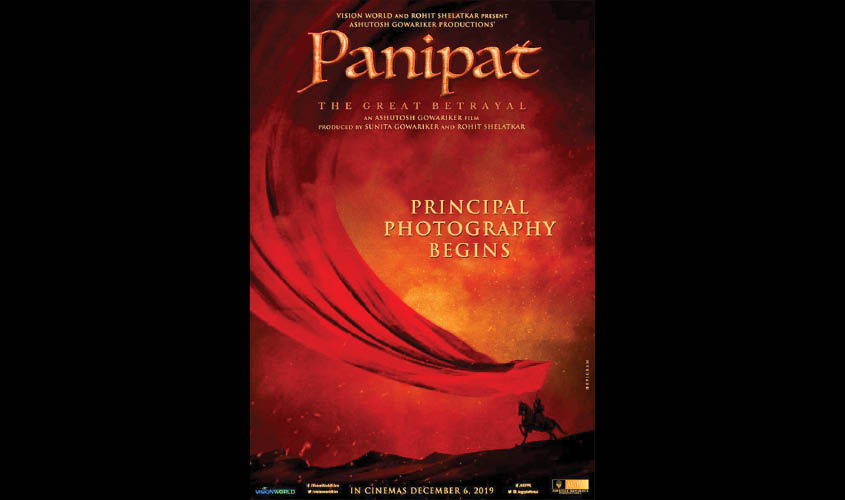Hindi cinema has had a long tradition of historical films with the name of one Sohrab Modi, often referred to as India’s Cecil B. DeMille, towering over the rest. Sohrab’s pioneering historicals, made under the banner of his studio Minerva Movietone, which included films like Pukar (1939), Sikandar (1941), Prithvi Vallabh (1943), Jhansi Ki Rani (1953), Mirza Ghalib (1954), and Nausherwan-E-Adil (1957), paved the way for later films such as Mughal-e-Azam (1960), Taj Mahal (1963), Shaheed (1965), Noor Jehan (1967), Meera (1979), and Razia Sultan (1983), among others.
Now, if we look at the contemporary times, the legacy has been carried forward by two notable filmmakers, Sanjay Leela Bhansali and Ashutosh Gowariker. Between the two of them they have made films like Jodhaa Akbar, Bajirao Mastani, Padmaavat, and Panipat—Gowariker’s latest film that’s based on the Third Battle of Panipat. The famous battle was fought between the Maratha Empire and the invading Afghan army in the year 1761. Panipat stars Arjun Kapoor, Kriti Sanon, and Sanjay Dutt in the pivotal roles of Sadashivrao Bhau (the Commander-in-Chief of the Maratha army), his wife Parvati Bai, and Ahmad Shah Abdali (the King of Afghans), respectively.
Gowariker’s film not just talks about the strategic and tactical aspects of warfare (such as how mounted artillery units like zamburak and jezail gave a distinct advantage to Abdali’s army) but it also highlights the futility of war. Often people misread the long tussle between Marathas and Mughals as a battle for religious supremacy between the Hindus and Muslims. But it couldn’t be further away from the truth because while many Hindus fought on the side of the Mughals, there were many Muslims who served the Marathas. Similarly, the Third Battle of Panipat had little to do with religion as evident from the loyalty shown by a Dakhani Muslim general named Ibrahim Khan Gardi to the Marathas during the battle. Gardi defended the Maratha pride till his last breath. He was eventually caught and tortured to death by the Afghans while performing last rites of Sadashivrao and Vishwasrao— the eldest son of the Peshwa.
Ashutosh Gowariker delivers a fine war epic featuring some of the best war scenes ever seen in Hindi cinema. On the big screen, the battle scenes look so mesmerizing to watch. The set pieces are really some of the best you will ever see in a Bollywood film. The film leverages upon the wonders of CGI and VFX to bring the India of 1761 alive. There is a breathtaking scene at the halfway mark when Sadashivrao and Abdali come face-to-face with each other. Each wants to tear the other’s army apart but they just can’t go medieval on each other because they are separated by the swift-flowing River Yamuna which no army can dare cross. Of course, the river is nowhere near as mighty today but back in 1761 it had the power to change the course of history and Gowariker brilliantly recreates the slice of history for us.
Panipat marks an emphatic return to form for Gowariker after the horrendous Mohenjo Daro. While Sanjay Dutt is absolutely menacing to watch as Abdali, Arjun Kapoor manages to hold his own as Sadashivrao. Kriti Sanon perhaps has never looked so reassured and charming in a movie before. The real surprise package, however, is Nawab Shah as Ibrahim Khan Gardi. Also, RJ Mantra as the duplicitous Najib-Ud-Daula deserves a special mention.

